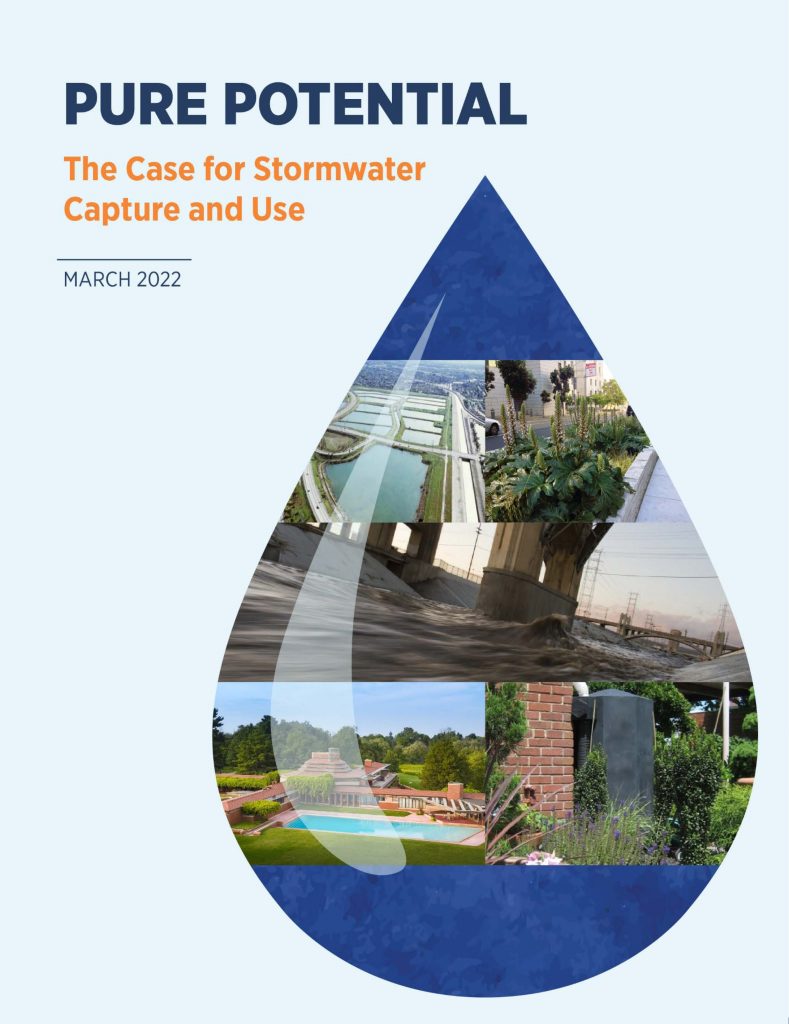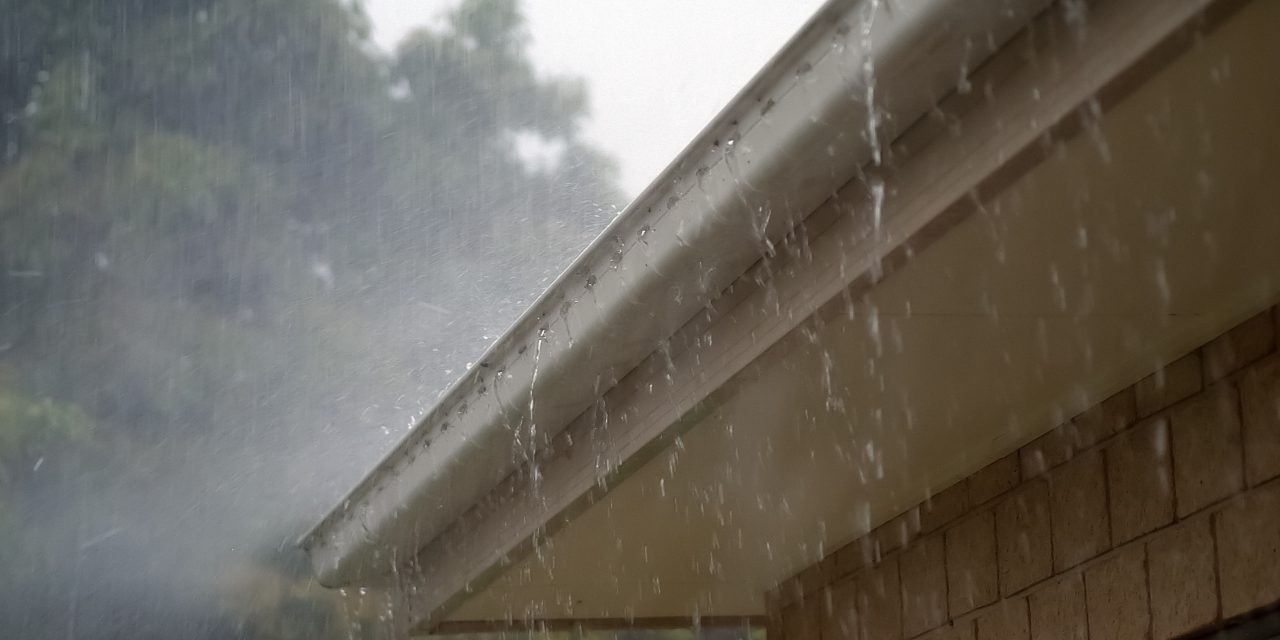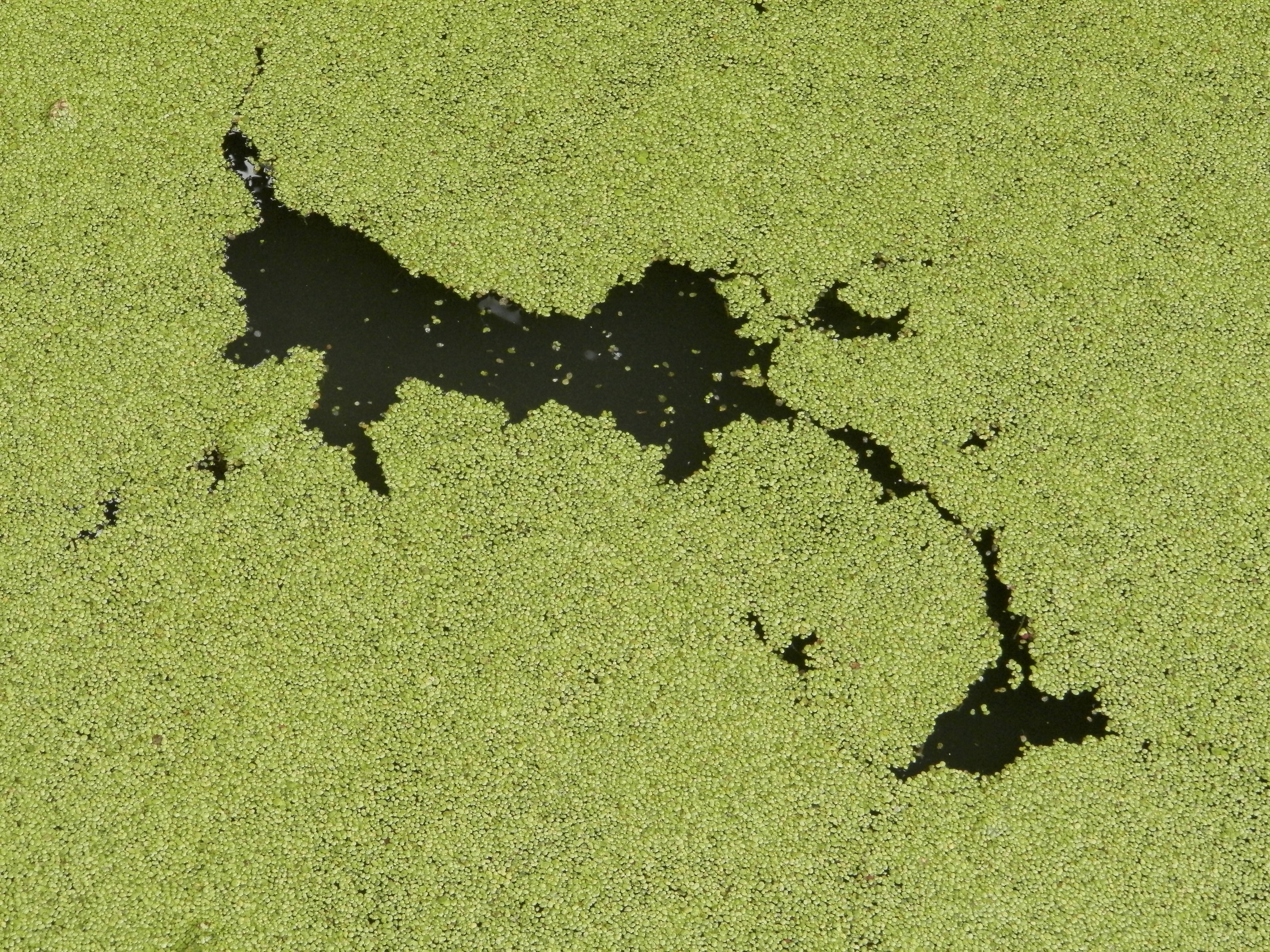The Water Environment Federation (WEF; Alexandria, Virginia), U.S. Environmental Protection Agency (EPA), National Municipal Stormwater Alliance (NMSA; Alexandria, Virginia), and other partners have been working to identify and dismantle barriers hampering stormwater capture and use (SCU) adoption. The team has released a new report, titled Pure Potential: The Case for Stormwater Capture and Use, which aims to establish a “unified community of practice” around SCU similar to other alternative water sources like desalination and wastewater reclamation, authors write.
“Ensuring global water security demands that we do more to take advantage of stormwater as a vital resource instead of regarding it as a nuisance to manage,” said Claudio Ternieden, WEF Senior Director of Government Affairs, who helped coordinate the report. “As many communities across the U.S. are already demonstrating, thoughtfully planned stormwater capture and use programs have the potential to augment drinking water, mitigate flooding, and enhance environmental equity. Pure Potential proposes a framework to help guide regulators, academics, and stormwater professionals as they work to maximize these benefits.”
The report, which synthesizes conclusions from a series of meetings in 2021 that included EPA, WEF, NMSA, the WateReuse Association (Alexandria, Virginia), and the Re-Inventing the Nation’s Urban Water Infrastructure (ReNUWIt) research consortium, outlines six key focus areas to spur SCU adoption:
- enhance SCU coordination and leadership;
- build trust and understanding through partnerships;
- clarify regulations, policy, and guidance;
- expand funding mechanisms;
- advance science and treatment standards; and
- accelerate the use of new technologies and SCU strategies.
The Buy-In Challenge

SCU systems already in operation show remarkable flexibility in terms of their goals, designs, and scales, making some form of SCU system viable in nearly any circumstance. This flexibility also creates challenges, however, for providing high-level guidance on SCU system implementation due to its inherently site-specific nature. Report authors stress the need for a greater focus on SCU within the water sector discourse, such as by showcasing successful examples of SCU systems across different scales and climates in handbooks, conference presentations, and training programs.
Integrating SCU systems into local water management frameworks, however, also requires effective communication outside the water sector. Authors describe the need for better communication strategies targeting other local-level water managers, such as departments of transportation, planning and zoning boards, and fish and wildlife stewards. While brokering SCU partnerships, stormwater professionals should stick to clear, jargon-free messages about the potential for SCU systems to achieve multiple co-benefits at comparable or lower costs than wastewater recycling or seawater desalination. One example, backed by recent research, is that if SCU systems were adopted throughout the U.S., they could potentially provide about 35 million acre-feet per year of additional water supplies — equal to approximately 75% of the country’s total annual public water withdrawals. Report authors discuss creating a communications toolkit to equip stormwater professionals with the data and information they need to better convey the benefits of SCU systems.
EPA intends to play a larger role in coordinating these information-sharing efforts by developing an internal SCU leadership team to raise awareness about SCU efforts and attract buy-in both within the agency and across the federal government, according to the report. As no federal regulations currently exist that specifically concern SCU systems, EPA will also explore ways to provide regulatory certainty for SCU systems within existing statutes such as the National Pollutant Discharge Elimination System (NPDES) permitting program, authors write.
The Logistical Challenge
Most stormwater managers already struggle with tight budgets and inconsistent technical guidance for new types of infrastructure, rendering SCU systems virtually unattainable for many communities. In addition to new strategies to share information and communicate SCU benefits, establishing an effective SCU community of practice also requires advances in research, technology, and funding strategies.
Authors call for new grant programs from federal and state governments that incentivize integrated water management between stormwater, drinking water, and wastewater agencies, with clear language specifying eligibility for SCU projects. According to the report, EPA should re-assess flexibilities for SCU within existing grants, such as its Drinking Water and Clean Water State Revolving Fund programs. Meanwhile, WEF and other water sector advocates should raise awareness about funding strategies that support SCU by emphasizing case studies of successful projects already in existence.
The scientific and regulatory community must develop fit-for-purpose treatment standards for SCU systems that cater separately to the range of potable and non-potable uses SCU systems aim to enable, authors write. SCU adoption would also benefit from standard system design plans tailored to different goals, scales, and settings certified by a professional engineer, providing benchmarks for SCU-minded organizations as they plan their own systems. Existing programs, such as NMSA’s Stormwater Testing and Evaluation for Products and Practices (STEPP) initiative and the International Stormwater BMP Database, offer the potential to disseminate this technical information if their criteria can be expanded to include SCU technologies, the report describes.
Read the full report,Pure Potential: The Case for Stormwater Capture and Use at the EPA website.
Top image courtesy of sandid/Pixabay

ABOUT THE AUTHOR
Justin Jacques is editor of Stormwater Report and a staff member of the Water Environment Federation (WEF). In addition to writing for WEF’s online publications, he also contributes to Water Environment & Technology magazine. Contact him at jjacques@wef.org.






